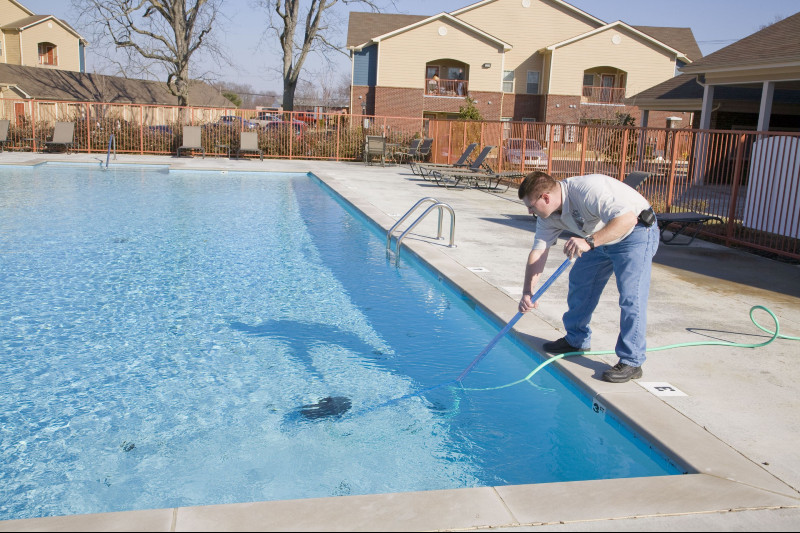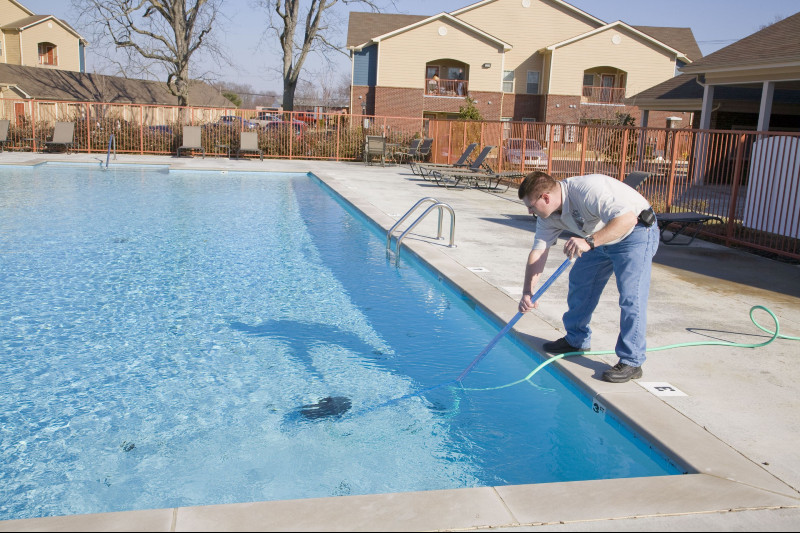For both residential pools as well as public and private commercial pools in hotels and resorts, adding chlorine to the pool on a regular basis is often seen as the go-to treatment method. This type of ongoing treatment will provide a pool sanitizer through the slowly dissolving chlorine to treat the pool water.
This combination of chlorine and contaminants creates what are known as chloramines. They are literally invisible and undetectable, but they are so small as to pass through your pool filter, which just keep recycling the clumps of dead material. With a swimming pool shock these oxidizing contaminants, which will end up creating a cloudy or murky look to the pool, can be completely eliminated by being burned off.
Additionally, the presence of urine, sweat or pollutants from body lotion, suntan products or any other type of makeup or topical application will rinse off in the water of the pool. These also provide the opportunity for chloramines to proliferate, and this is often noted as a smell of chlorine around the pool combined with cloudy water. Surprisingly, this can happen very quickly, particularly with heavy use or incorrect pool chlorination or treatment.
The Shock
By adding a large amount of chloride, or a non-chloride alternative, you are able to create the condition that allows those chloramines that are creating a cloudy look and a bad odor to be oxidized. This is similar to having them simply turn into a gas and burn off from the pool water into the surrounding air.
It will be important to use a swimming pool shock method occasionally if you are using most types of swimming pool water treatment systems, including ionization. These processes cannot remove the oils and other contaminants that do not attach to the ions released through the system.
The Options
It will be essential to consider the type of shock treatment required. There are several different options including products that are designed for specific types of waters. The most common option is calcium hypochlorite, which includes up to 65% chlorine. It needs to be pre-mixed with water and added to the pool, then swimming prohibited in the pool for at least 8 hours. There are some solutions that require more time between application and pool use and some that require less.
There are other options that can be used as well. All can be effective, but all have their drawbacks based on the specific type of water that is in the pool. Additionally, there is also a swimming pool shock treatment, potassium peroxomonosulfate, that is a non-chlorine shock, but it is most commonly used in bromine treated pools and can be cost prohibitive for use.

